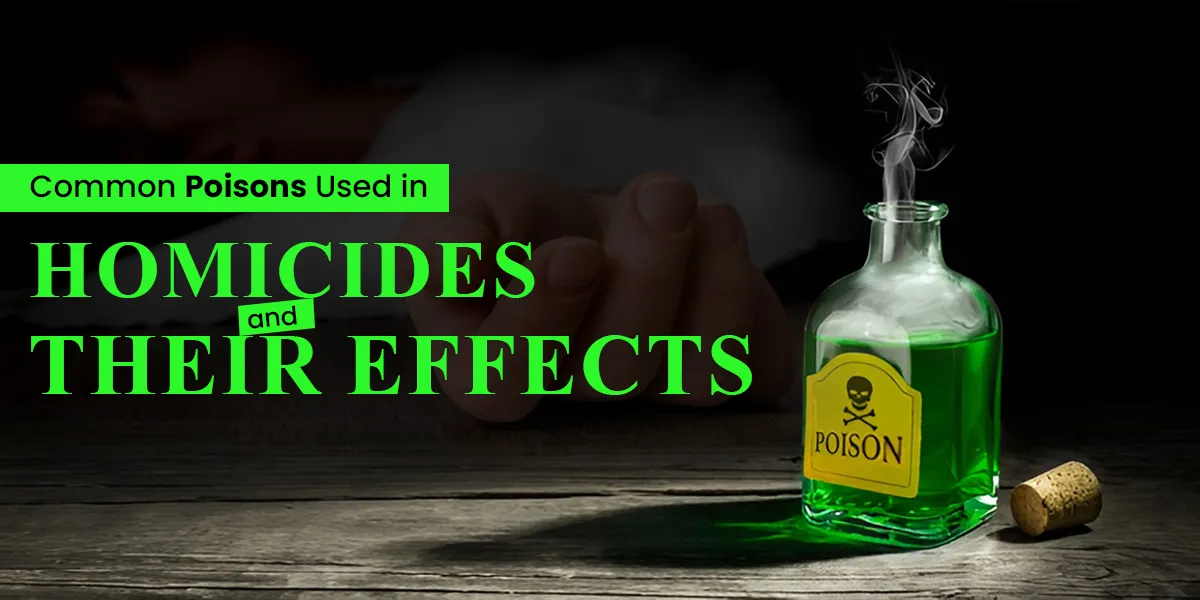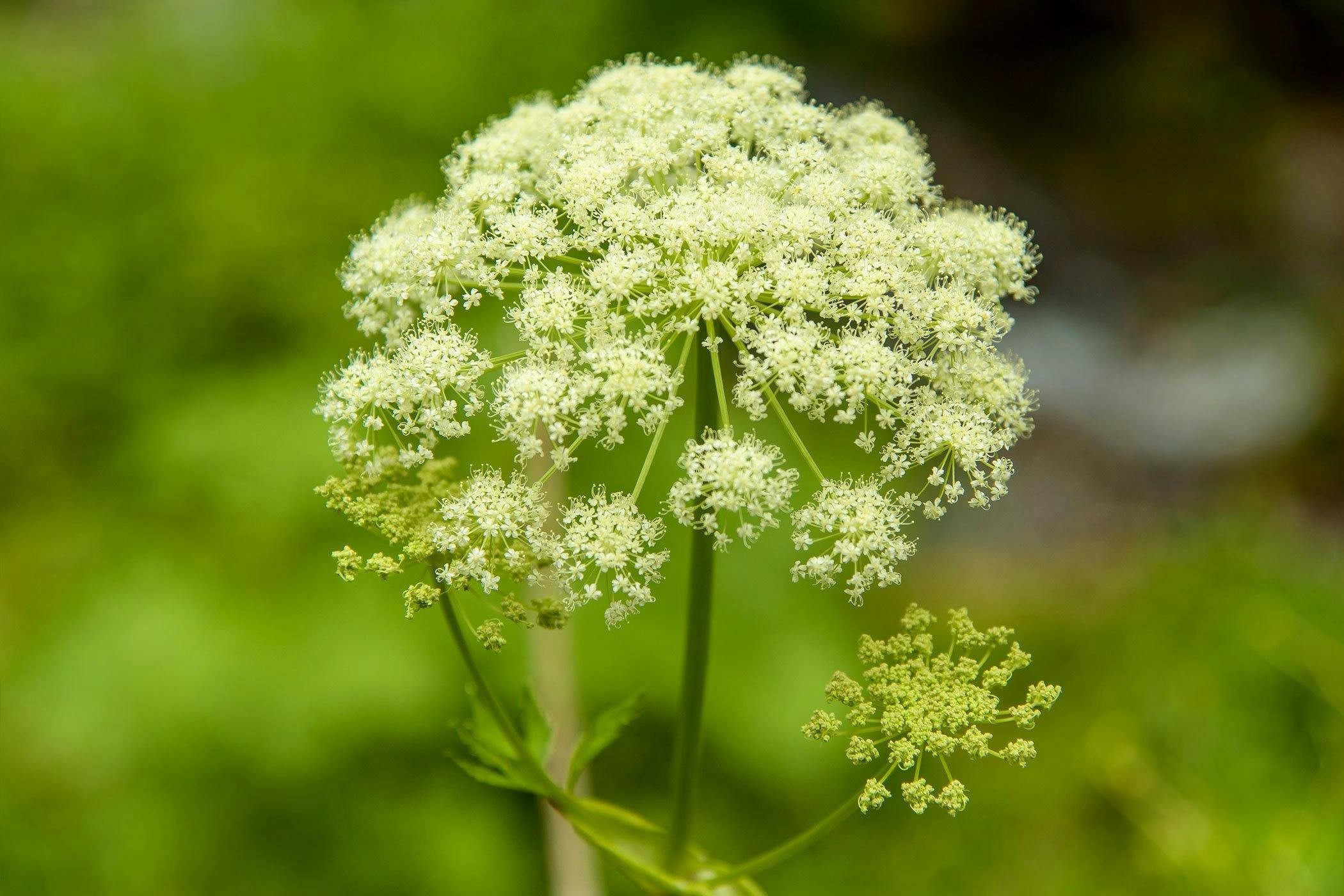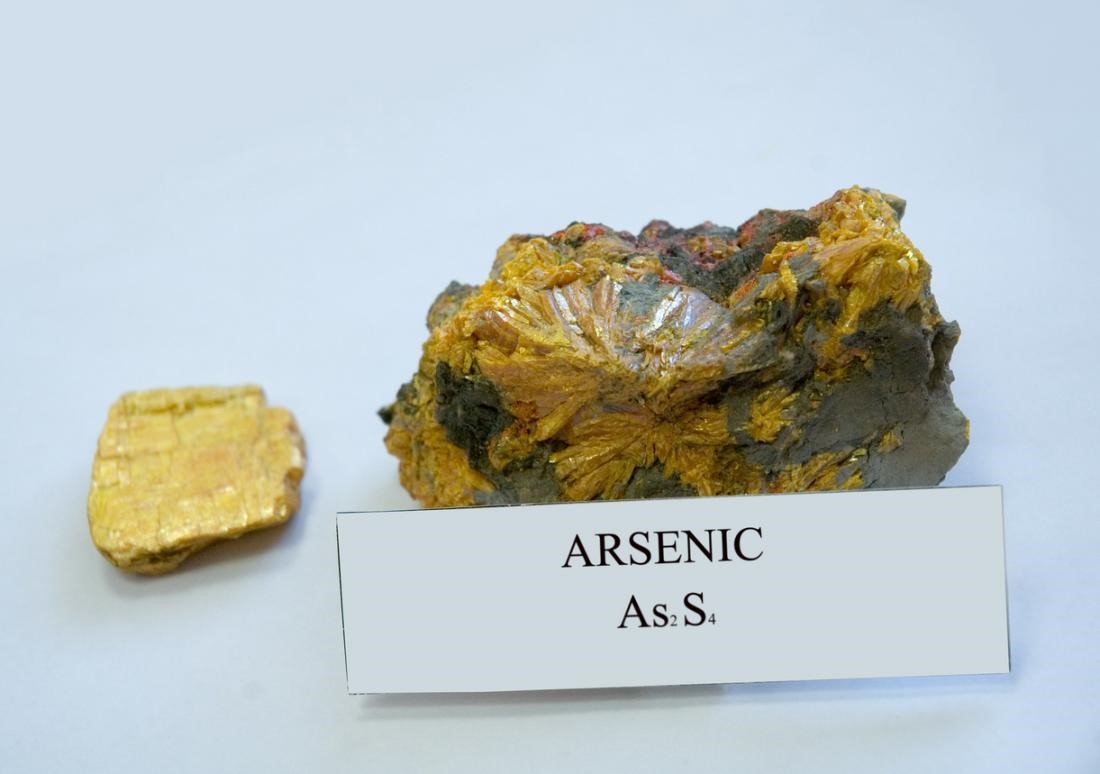
The well-known toxicologist Paracelsus once said, "The dose makes the poison." Another name for Paracelsus is the "Father of Toxicology." In another way, if you consume enough of a chemical, it might be regarded as a poison. Certain substances, such as iron and water, are essential for life yet harmful in the proper concentrations. Some compounds are only regarded as poisons because they are so harmful.
Furthermore, despite the fact that many poisons have medicinal use, some have been preferred for use in homicide and suicide. Chemicals like strychnine and arsenic, for instance, have a notorious history of being utilized in murder. These are several well-known poisons that have the potential to be fatal, along with instances of their alleged historical use.
Belladonna or Deadly Nightshade
The deadly nightshade which is also known as Belladonna, is considered a toxic plant in the field of toxicology. It is distinguished by its glossy black berries and purple bell-shaped blooms. It contains atropine, hyoscyamine, and scopolamine in every part of it. If consumed, these alkaloids can result in a variety of serious symptoms, such as hallucinations, clouded eyesight, convulsions, and even death.

Asp Venom
Because it must be extracted from a poisonous snake in order to be used, snake venom is both a hazardous murder weapon and an unpleasant toxin for suicide. Cleopatra's suicide is arguably the most well-known purported application of snake venom. It is unclear to modern historians whether Cleopatra was murdered or committed suicide, and there is evidence that suggests a poisonous ointment, not a snake, may have killed her.

Cleopatra wouldn't have died quickly and painlessly if she had been bitten by an asp. She would have been well aware with the Egyptian cobra which is also commonly known as an asp. She would have been aware that a snake bite may be quite painful but not usually fatal - especially if an antidote or medical intervention was administered in time. Cytotoxins and Neurotoxins are found in cobra venom. The venom causes headache, paralysis, nausea, and convulsions, while the bite site swells, hurts and blisters. Respiratory failure is the cause of death, if it happens, but only after it has had time to affect the heart and lungs. Shakespeare probably didn't get it exactly right, regardless of how the incident actually transpired.
Poison Hemlock
Conium maculatum, often known as poison hemlock, is a tall blooming plant with carrot-like roots. Toxic alkaloids, which can paralyze and induce respiratory failure, are abundant in all sections of the plant. Near the end, a hemlock poisoning sufferer is immobile but nonetheless conscious of his surroundings.
The Greek philosopher Socrates death is the most well-known example of hemlock poisoning. He was condemned to swallow hemlock by his own hand after being judged guilty of heresy. In Plato's "Phaedo," Socrates swallowed the poison, took a few steps, and then became aware that his legs were heavy. He reported feeling cold rising from his feet and lacking feeling while lying on his back.

Strychnine
For several years, Strychnine has been used as a medicine to treat different ailments. Strychnine causes painful, involuntary skeletal muscle spasms by blocking postsynaptic glycine receptors, mostly in the spinal cord. It can be inhaled, swallowed, or absorbed by the lips or eyes, and it can be lethal to both people and other animals. It is a popular option for poisoning assaults and assassinations since it causes some of the most severe and agonizing symptoms of any known toxic response. Because of this, strychnine poisoning is frequently depicted in books and movies, including Agatha Christie's murder mysteries.
A major active component in rat poison, strychnine has mostly been replaced with safer poisons because there is no known counteragent. This has been a part of a continuous effort to prevent unintentional poisoning of pets and children. Street drugs contain trace amounts of strychnine, which has minor hallucinogenic effects. An extremely diluted version of the chemical helps athletes perform better.
Arsenic
One metalloid element that kills by preventing the synthesis of enzymes is arsenic. Natural sources of it include foods and the environment. Additionally, it's a component of certain everyday goods like pressure-treated wood and herbicides. Because it was readily available and the symptoms of arsenic poisoning (diarrhea, disorientation, and vomiting) were similar to those of cholera, arsenic and its derivatives was a common toxin throughout the Middle Ages. Because of this, murder was simple to suspect but hard to prove.

Arsenic was reported to be used by the Borgia family to eliminate competitors and adversaries. Particularly Lucrezia Borgia was said to be an expert poisoner. The family undoubtedly employed poison, but Lucrezia seems to have been innocent of many of the charges. Simon Bolivar, George III of England, and Napoleon Bonaparte are among the well-known individuals who have perished from arsenic poisoning. Since arsenic is so easily detectable, it is not a suitable choice for a murder weapon in today's culture.
Polonium
Like arsenic, polonium is a chemical element. It is extremely radioactive, in contrast to arsenic. In very small dosages, it can be fatal if swallowed or breathed. One gram of vaporized polonium is thought to be capable of killing more than a million people. The poison takes time to kill. Instead, the person experiences radiation poisoning symptoms as headaches, diarrhea, and hair loss. Death happens in a matter of days or weeks, and there is no treatment.
The use of polonium-210 to kill spy Alexander Litvinenko after he consumed the radioactive substance in a cup of green tea is the most well-known instance of polonium poisoning. He died after three weeks. Marie and Pierre Curie's daughter, Irene, is thought to have died of cancer after a polonium vial exploded in her laboratory.
Other Types of Poison
We learned about some of the typical poisons used in murders and their consequences from the paragraphs above. In the past, a number of poisons have been used in murders, in addition to familiar ones like strychnine, cyanide, and arsenic. These consist include ricin, antimony, thallium, aconitine, atropine, and several pesticides, such as paraquat. The perfect homicidal poison is said to be tasteless, odorless, hard to find, and able to imitate illnesses found in nature. A few more poisons that can be harmful to humans include cyanide, atropine, antimony, and others.